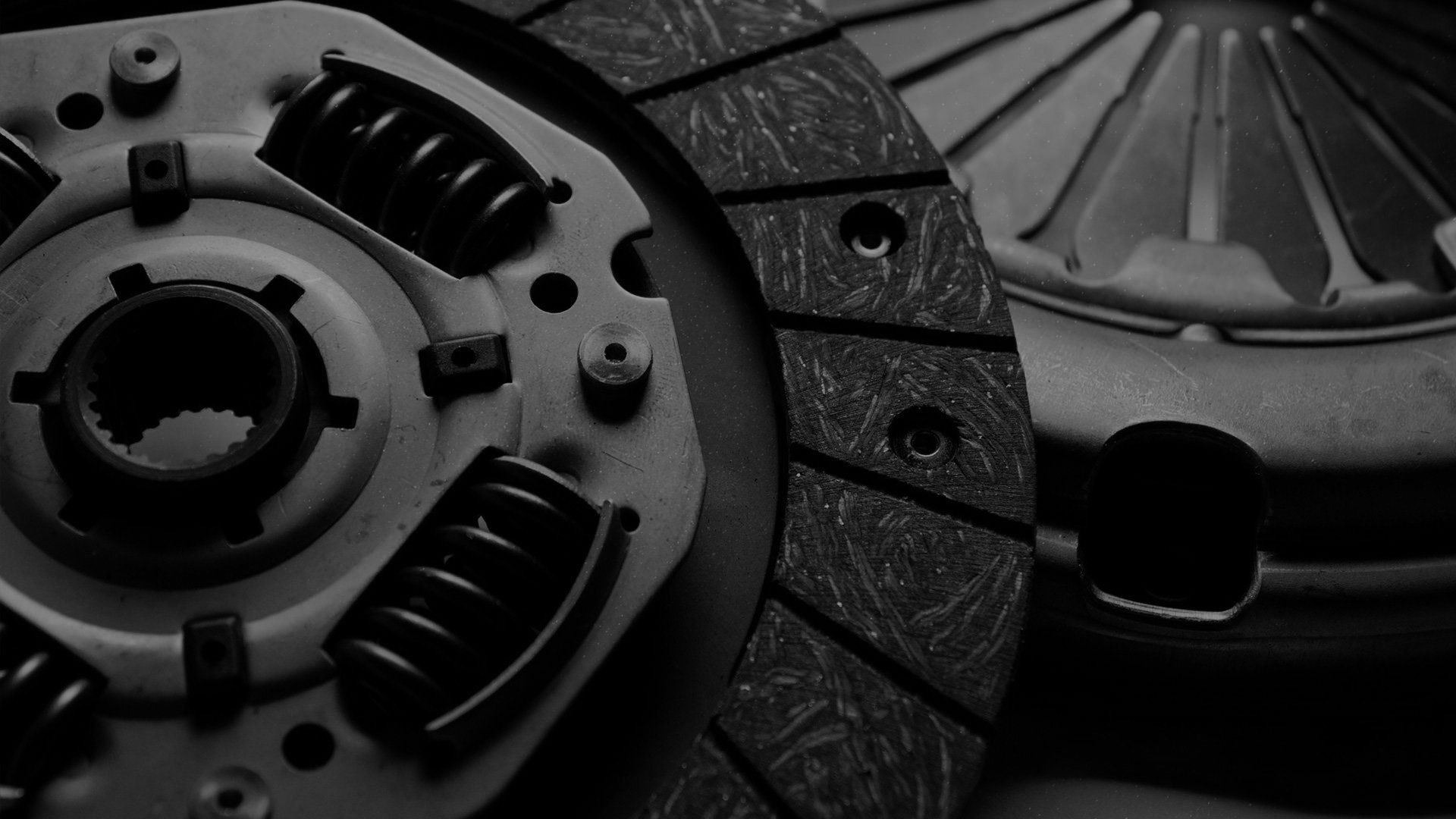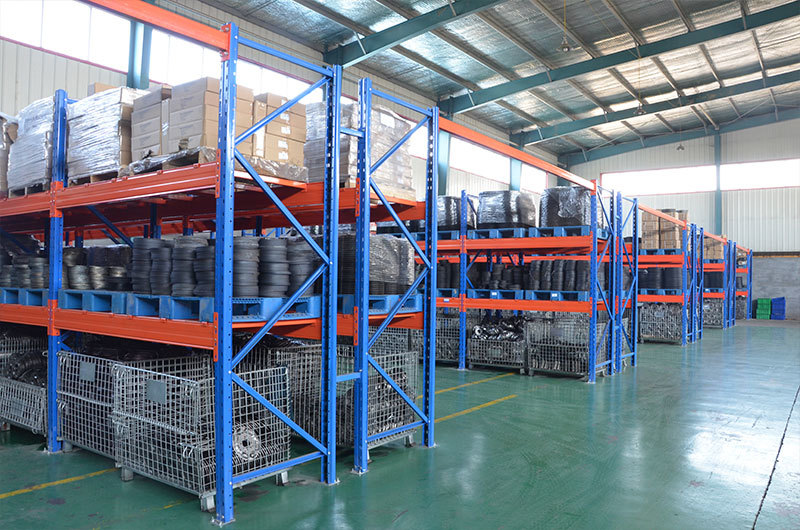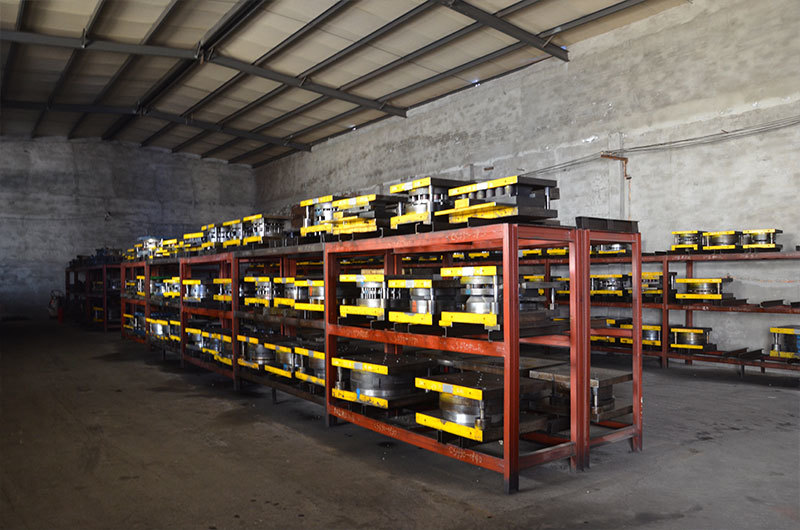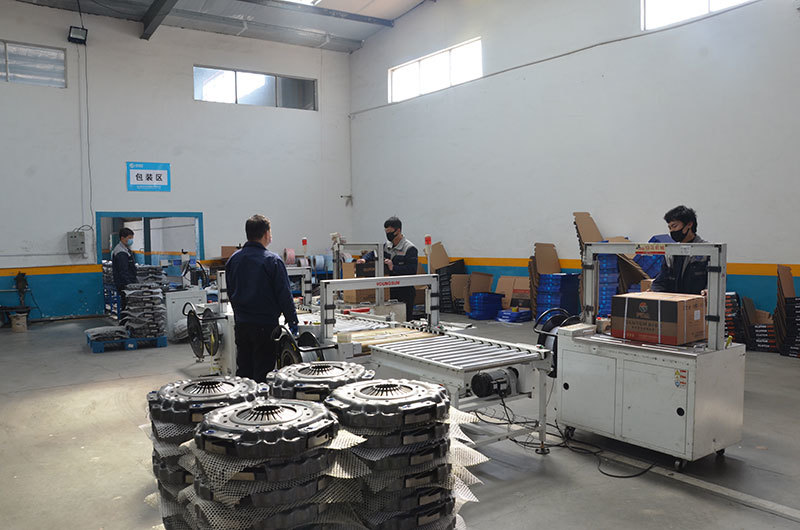Structural requirements and material selection of clutch cover
Time:
Aug 10,2023
As one of the important components, the clutch cover can not only effectively transfer part of the engine torque to the pressure plate, but also support the clutch pressure spring housing and separating rod. Usually the clutch cover is secured with a flywheel bolt.
In order to use the requirements, the design of the clutch cover must comply with the requirements: firstly, it must have sufficient structural rigidity so as not to affect the overall performance. In addition, it increases the separation stroke in steering, reduces the lift of the pressure plate, and makes the friction surface not completely separated in severe cases.
At the same time, to ensure the overall balance and stability of the clutch, the cover and flywheel must be well neutral when designing the structure. In addition, the lid membrane spring support must have a higher dimensional accuracy.
The issue of ventilation and cooling should also be considered to avoid excessive surface temperatures due to friction. In general, a larger ventilation window needs to be opened on the clutch cover, so the clutch should be designed as a more special shape, or a ventilation plate and other means used to blow air should be installed on the cover to increase cooling to prevent the temperature from getting too high.
So, how to determine its size and how to choose the material? As a rule, specific dimensions and materials are determined according to the requirements of the clutch design. Generally, the inner diameter of the clutch cover is required to be larger than the outer diameter of its friction plate in order to accommodate other components.
When choosing a material, low-carbon steel stamping is usually used with a thickness of 2.5 mm to 5 mm. Remember that when designing, special attention should be paid to the rigidity of the clutch cover, cooling in the middle and ventilation and other issues.









